Unexpected daily jobs in a medieval castle
Life in a medieval castle was a fascinating blend of grandeur and grit, where stone walls echoed with the clatter of armor and the laughter of banquets. These castles were not just fortresses but bustling communities, housing a diverse array of residents.
From the lord of the manor to the humblest servant, each person played a vital role in the daily life of the castle. While knights and nobles often steal the spotlight, countless others worked tirelessly behind the scenes to keep the castle running smoothly.
The Keeper of the Keys: The Castle Porter
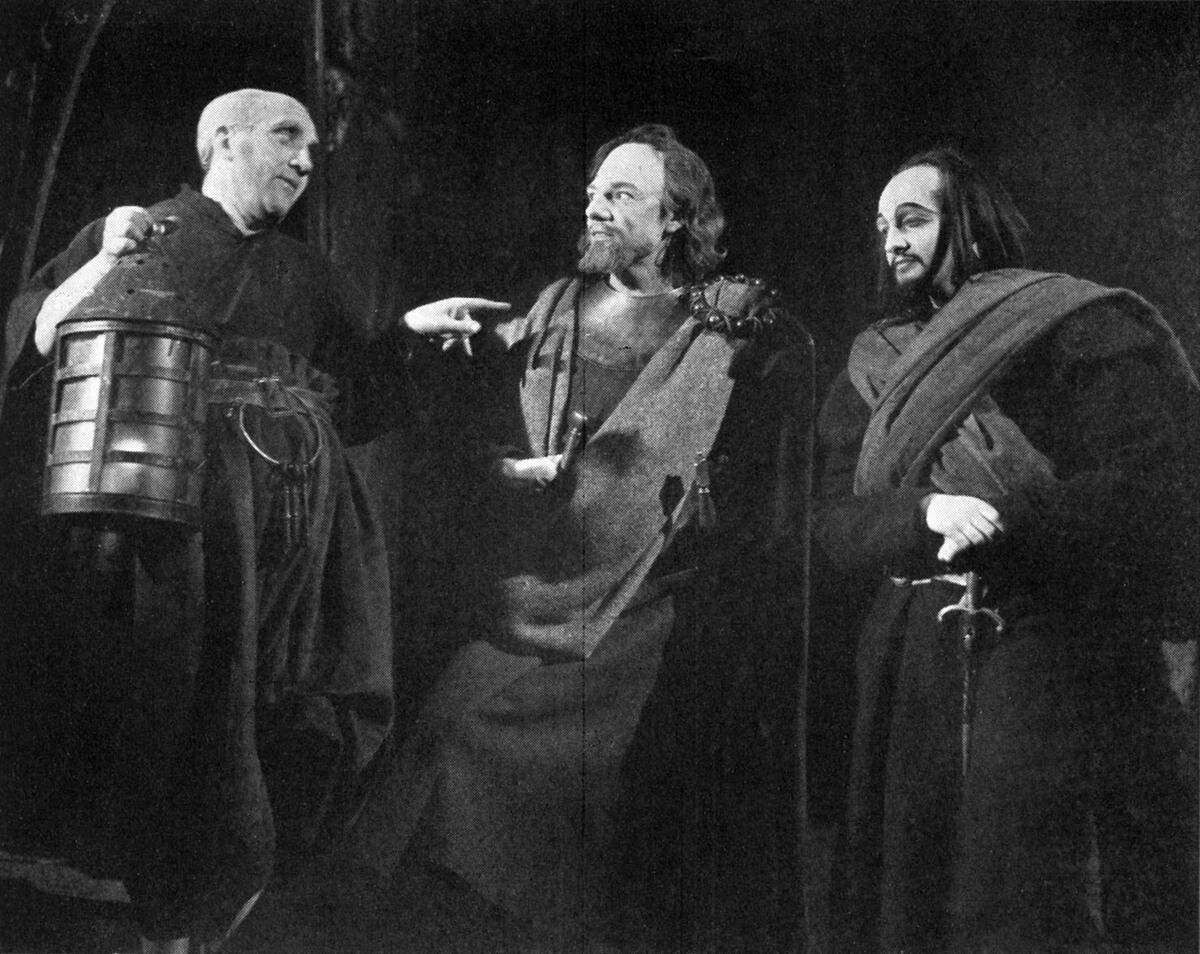
The castle porter held a crucial position, tasked with controlling access to the fortress. As the keeper of the keys, the porter was responsible for opening and closing the castle gates, often acting as the first line of defense.
This role required vigilance and trustworthiness, as the security of the castle depended on the porter’s diligence. Beyond their security duties, porters also assisted guests, making them vital in both protection and hospitality.
The Master of the Hunt: Falconers and Their Feathered Friends
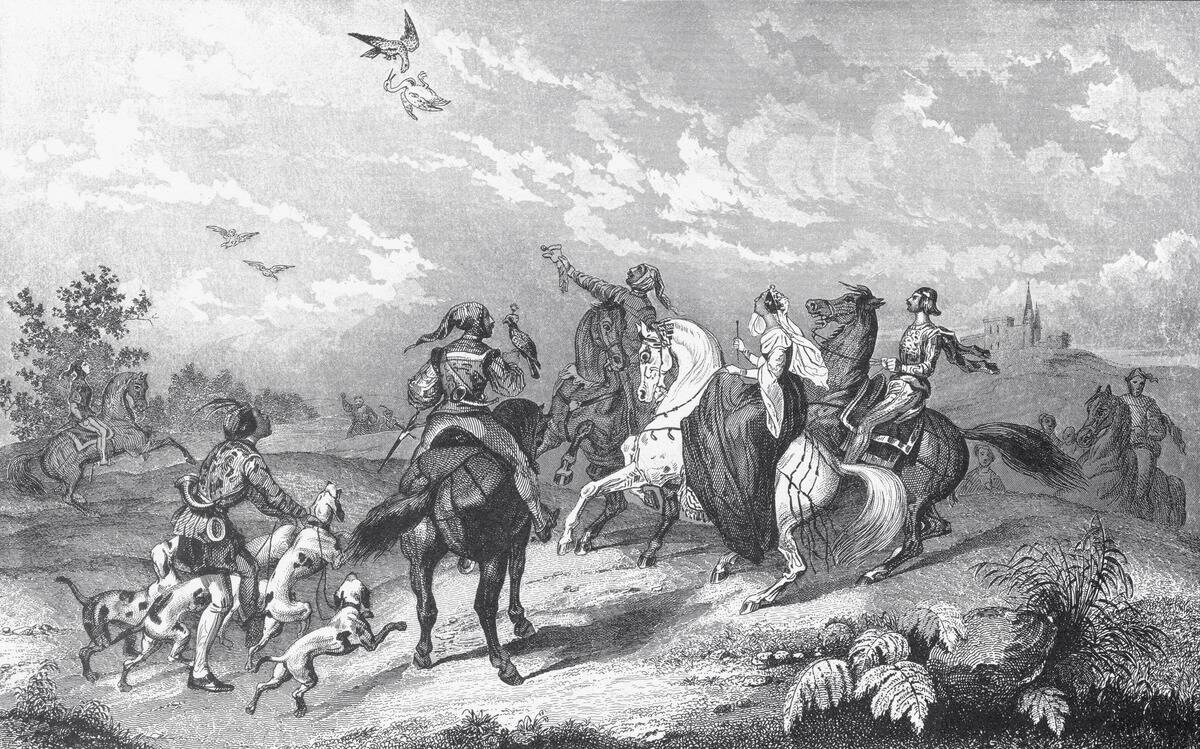
Falconry was a popular pastime among the nobility, and the master falconer was an esteemed position within the castle. Falconers trained and cared for birds of prey, using them to hunt game for the lord’s table.
This skill required patience and expertise, as each bird had its own personality and quirks. Falconers were respected for their deep understanding of avian behavior, and their feathered companions were a source of both food and entertainment.
The Jester: Bringing Laughter to the Halls
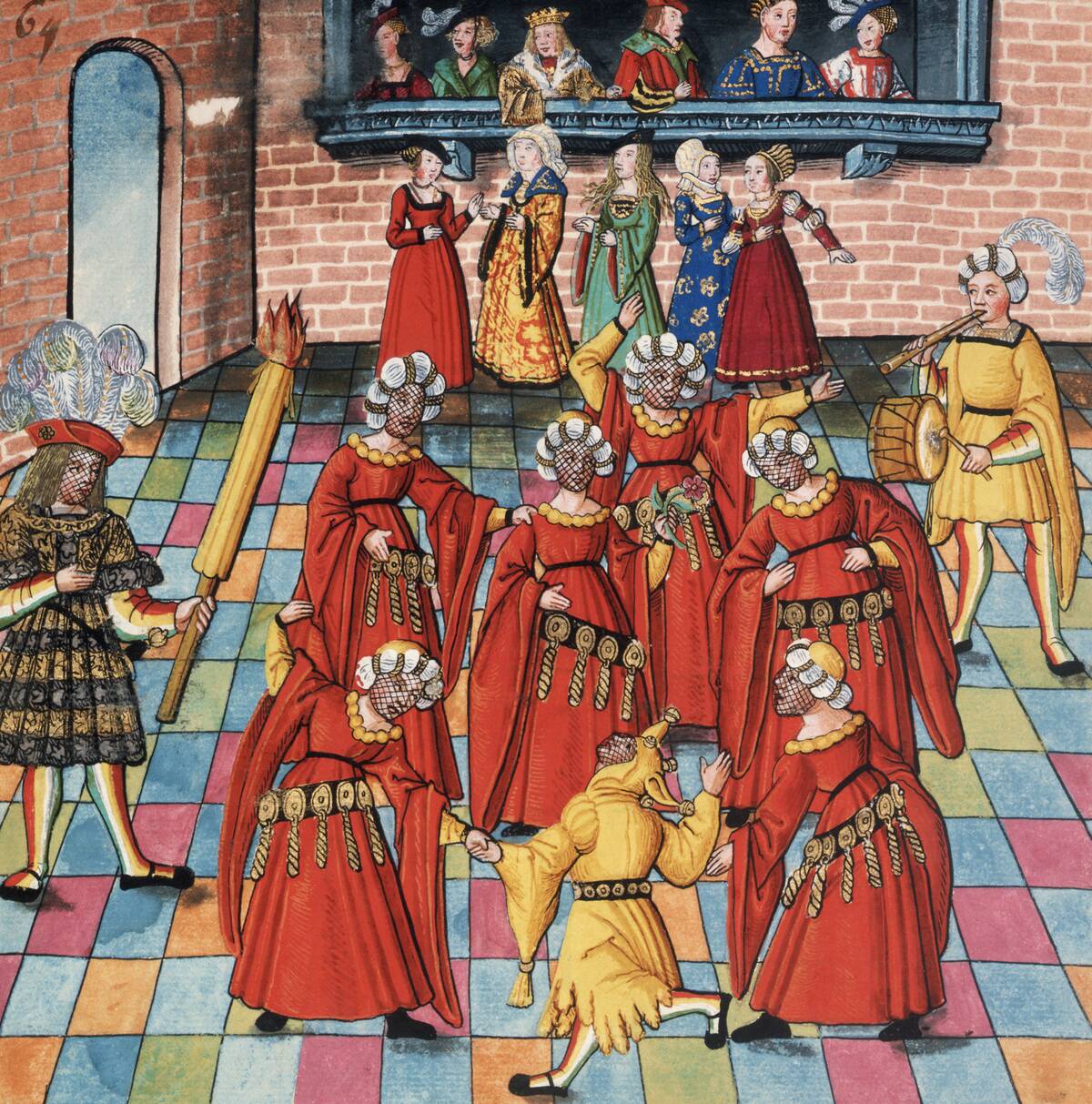
The jester was the castle’s entertainer, responsible for bringing laughter and joy to its inhabitants. With a repertoire of jokes, songs, and acrobatics, jesters lightened the mood in times of stress.
They were often allowed to speak truths that others could not, using humor to comment on social and political issues. While their antics amused the court, jesters played a deeper role by offering an outlet for the expression of ideas and emotions.
The Scribe: Chronicler of Castle Life
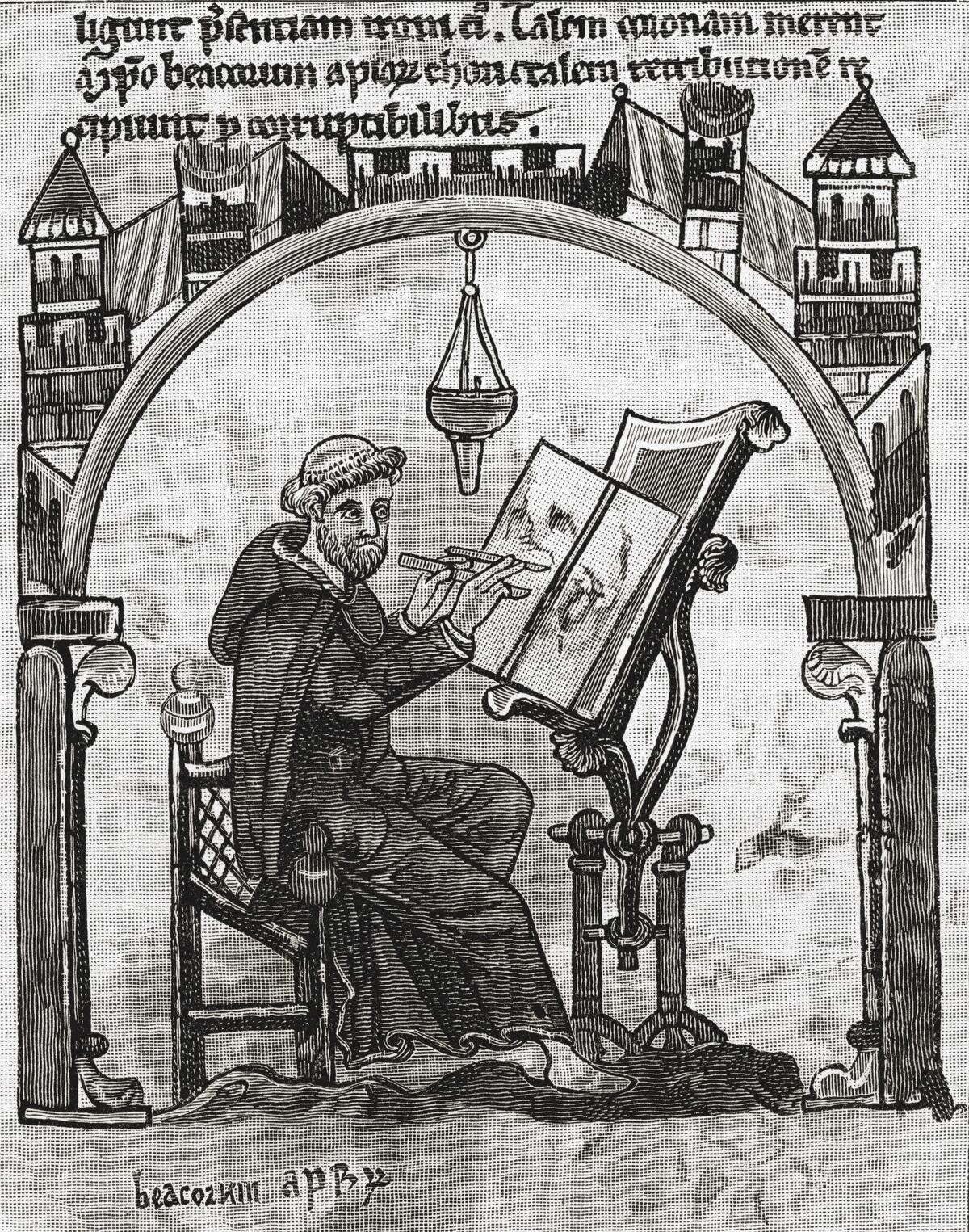
Scribes were essential for recording the daily happenings and important events within the castle. Their meticulous records included everything from financial accounts to legal documents. In an era where literacy was rare, a scribe’s skill in reading and writing made them invaluable.
These chroniclers also documented genealogies and treaties, preserving history for future generations. Their work ensured that the legacy of the castle and its inhabitants endured through time.
The Herbalist: Remedies from Nature’s Bounty
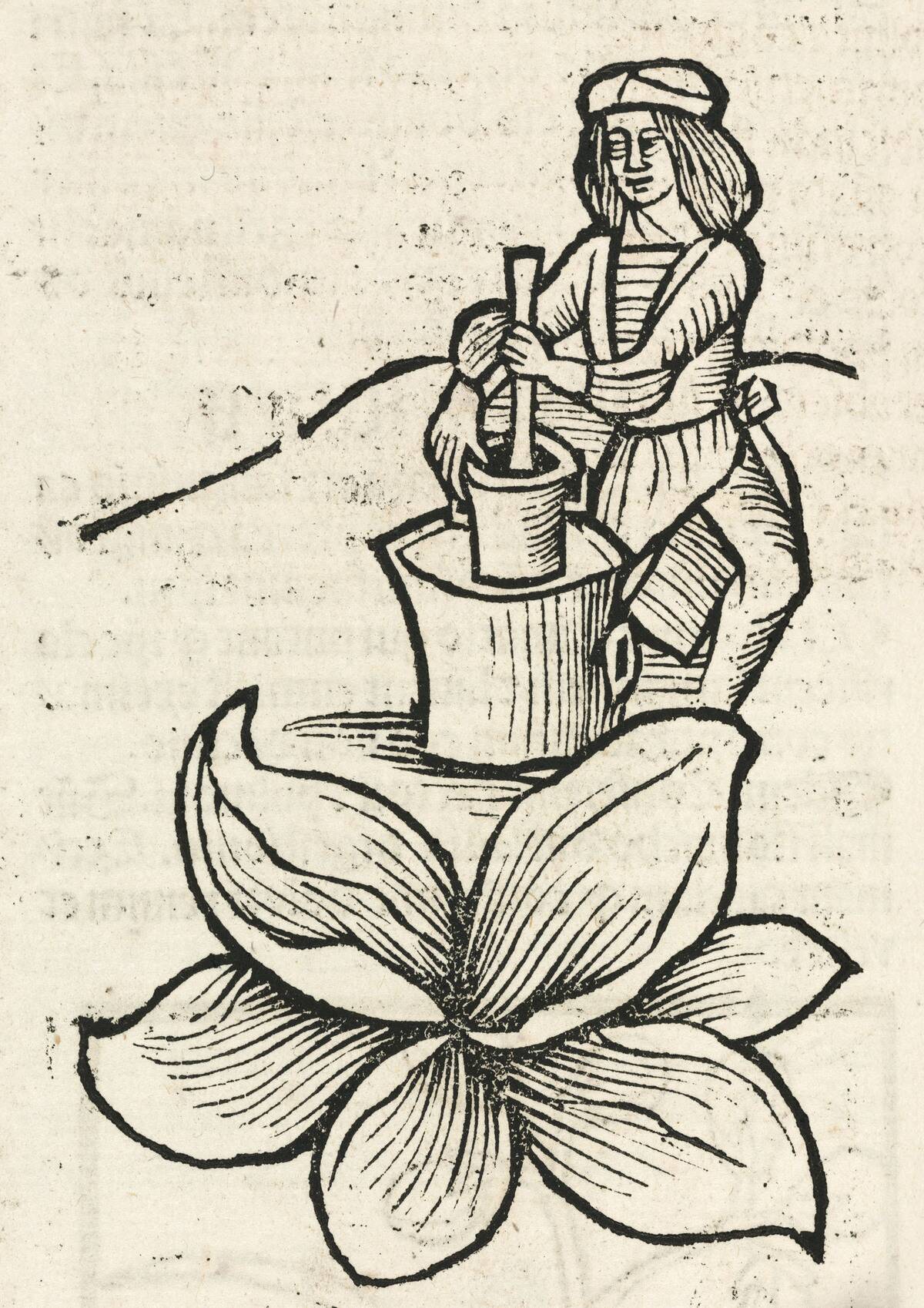
Herbalists played a critical role in medieval castles, using their extensive knowledge of plants to treat ailments. They crafted remedies from herbs and other natural ingredients, offering relief for everything from headaches to serious infections.
These remedies were based on centuries of tradition and observation. Herbalists were often consulted for their healing wisdom, blending science and superstition in their practice. Their role was crucial in an age before modern medicine.
The Gong Farmer: A Dirty but Necessary Task
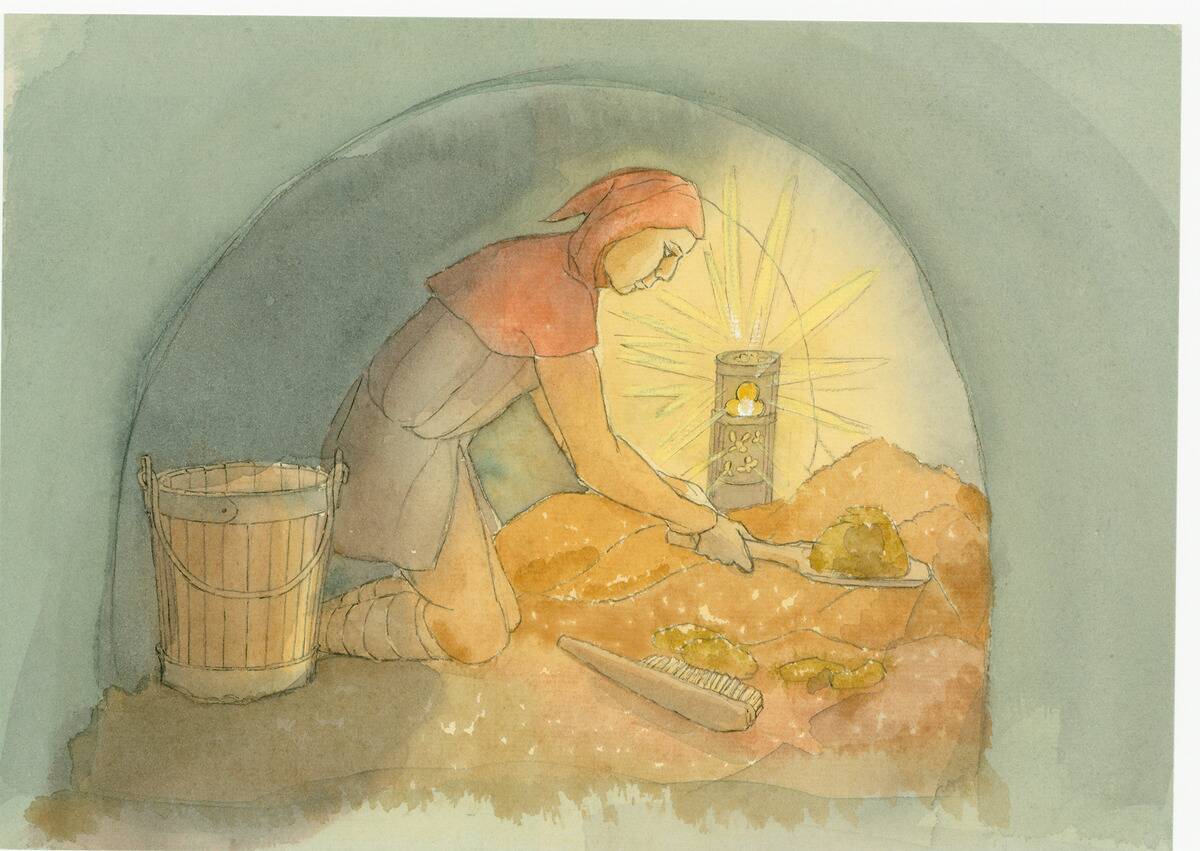
Though the title might evoke laughter, the gong farmer held a vital position by managing the castle’s waste. Tasked with cleaning out latrines and cesspits, their work ensured sanitation and prevented disease.
Despite the unpleasant nature of the job, gong farmers were well-compensated for their services. Their work was often conducted at night to avoid the day’s bustle, and while it was far from glamorous, it was essential for the health of all residents.
The Armourer: Crafting Protection for Battle
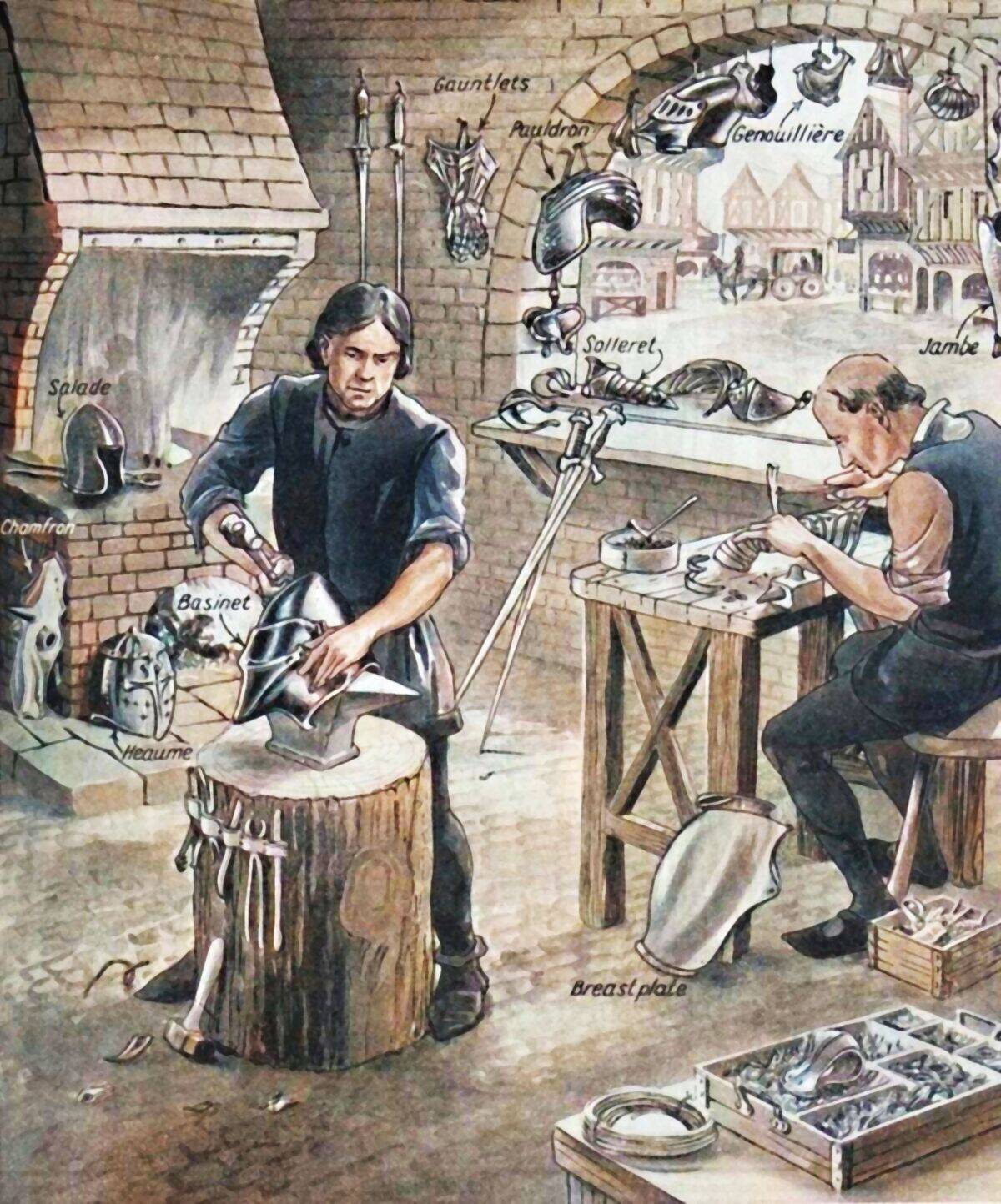
Armourers were crucial in crafting and maintaining the armor and weapons necessary for the castle’s defense. Skilled in metalworking, they forged chainmail, helmets, and shields to protect knights in battle.
The quality of an armourer’s work could mean the difference between life and death. These craftsmen often worked long hours, ensuring every piece was both functional and durable. Their expertise was critical in preparing the castle’s defenders for combat.
The Tapestry Weaver: Stories Threaded in Fabric
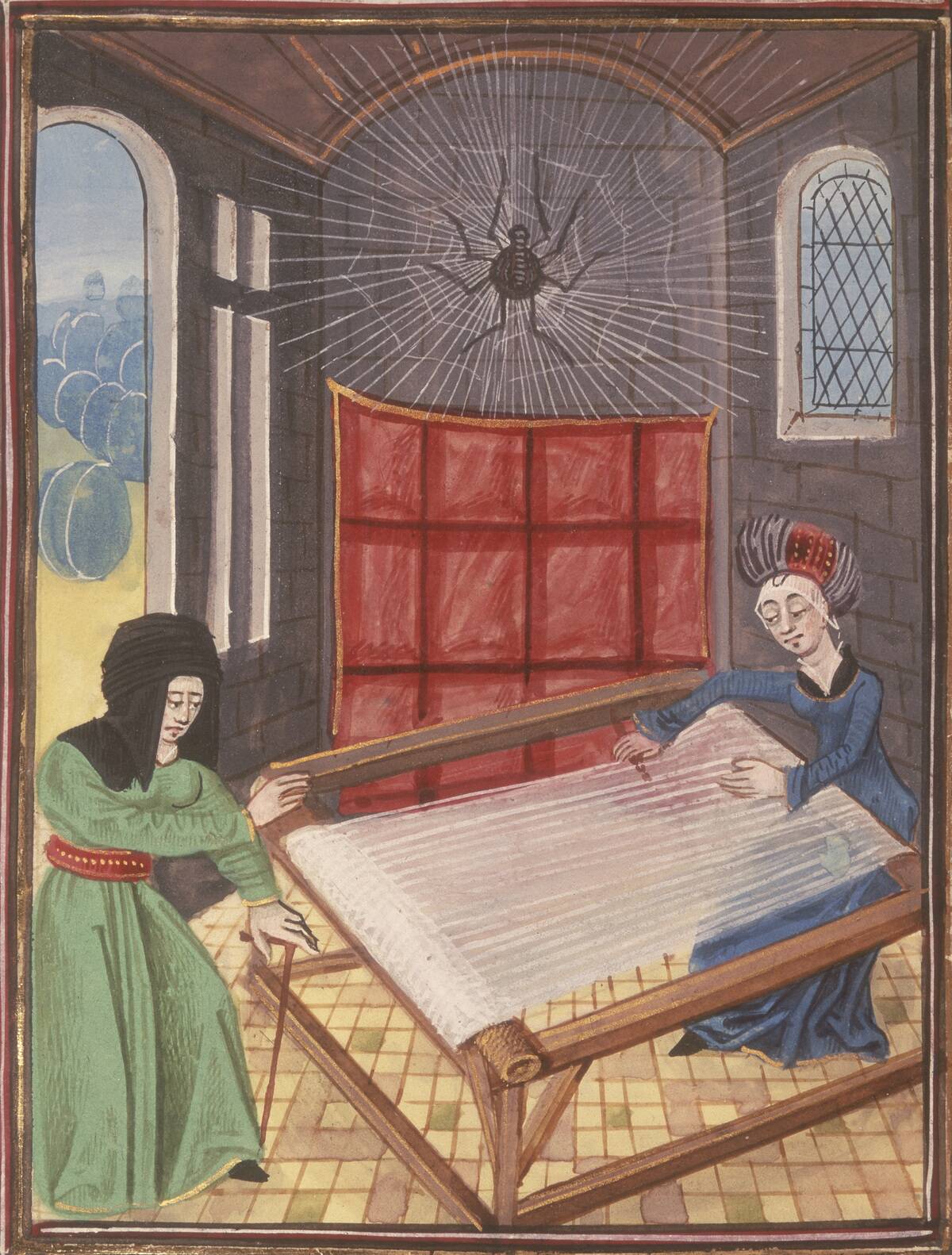
Tapestry weavers were artists who created intricate, colorful tapestries that adorned the castle walls. These textiles were more than decoration; they depicted historical events, legends, and family crests.
Weaving was a meticulous process, requiring skill and patience to produce these woven narratives. Tapestries also served practical purposes, providing insulation and soundproofing in the drafty stone halls. The weaver’s craft was a blend of art and utility, preserving stories in thread.
The Minstrel: The Castle’s Resident Musician
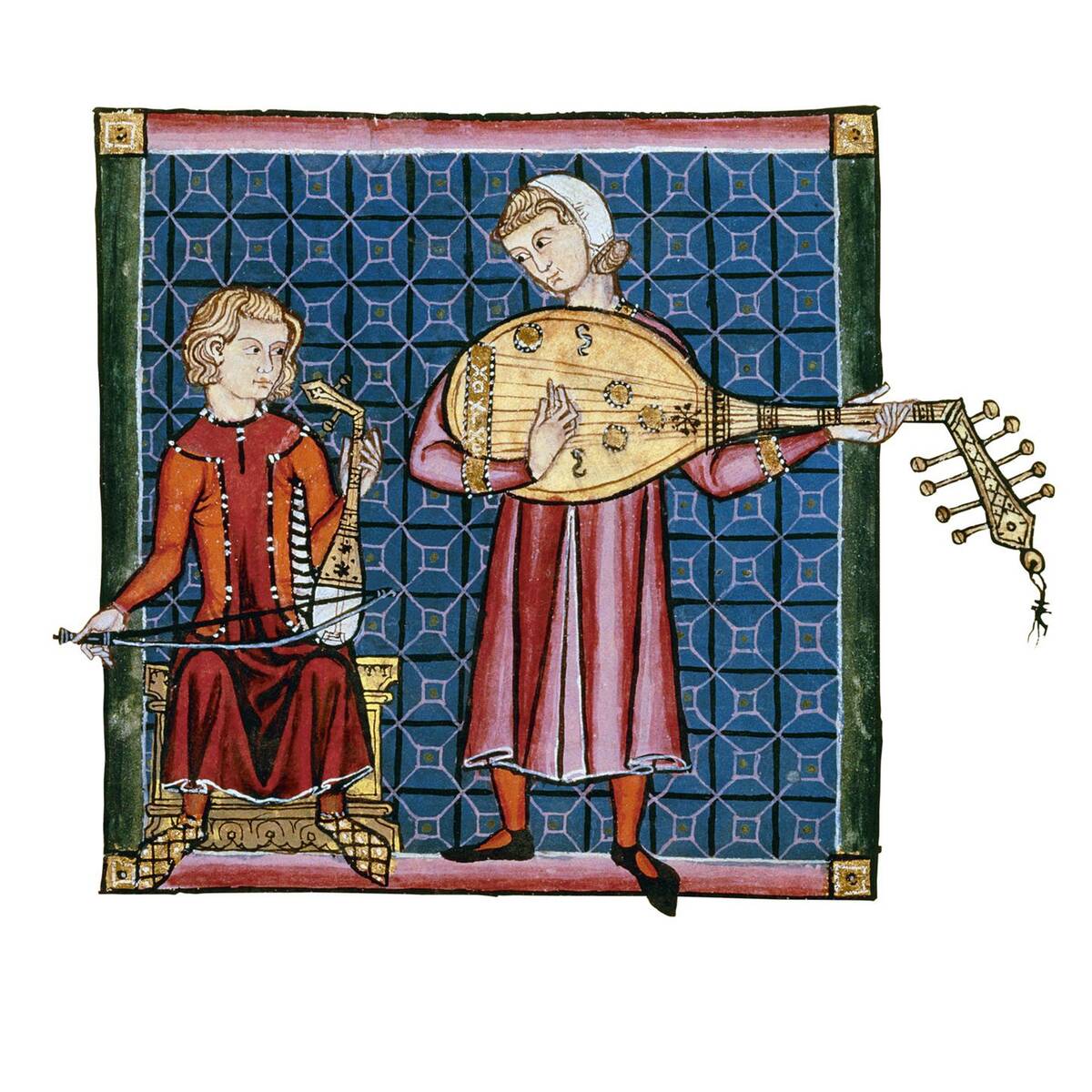
Minstrels were the heart and soul of castle entertainment, providing music and storytelling that enlivened the halls. With instruments like lutes and harps, they performed ballads and tales that captivated audiences.
Minstrels were often travelers, bringing news and stories from afar, making them valuable sources of information. Their music provided a soundtrack to both celebrations and somber events, linking the castle’s inhabitants through shared cultural experiences.
The Wardrobe Keeper: Guardian of Garments
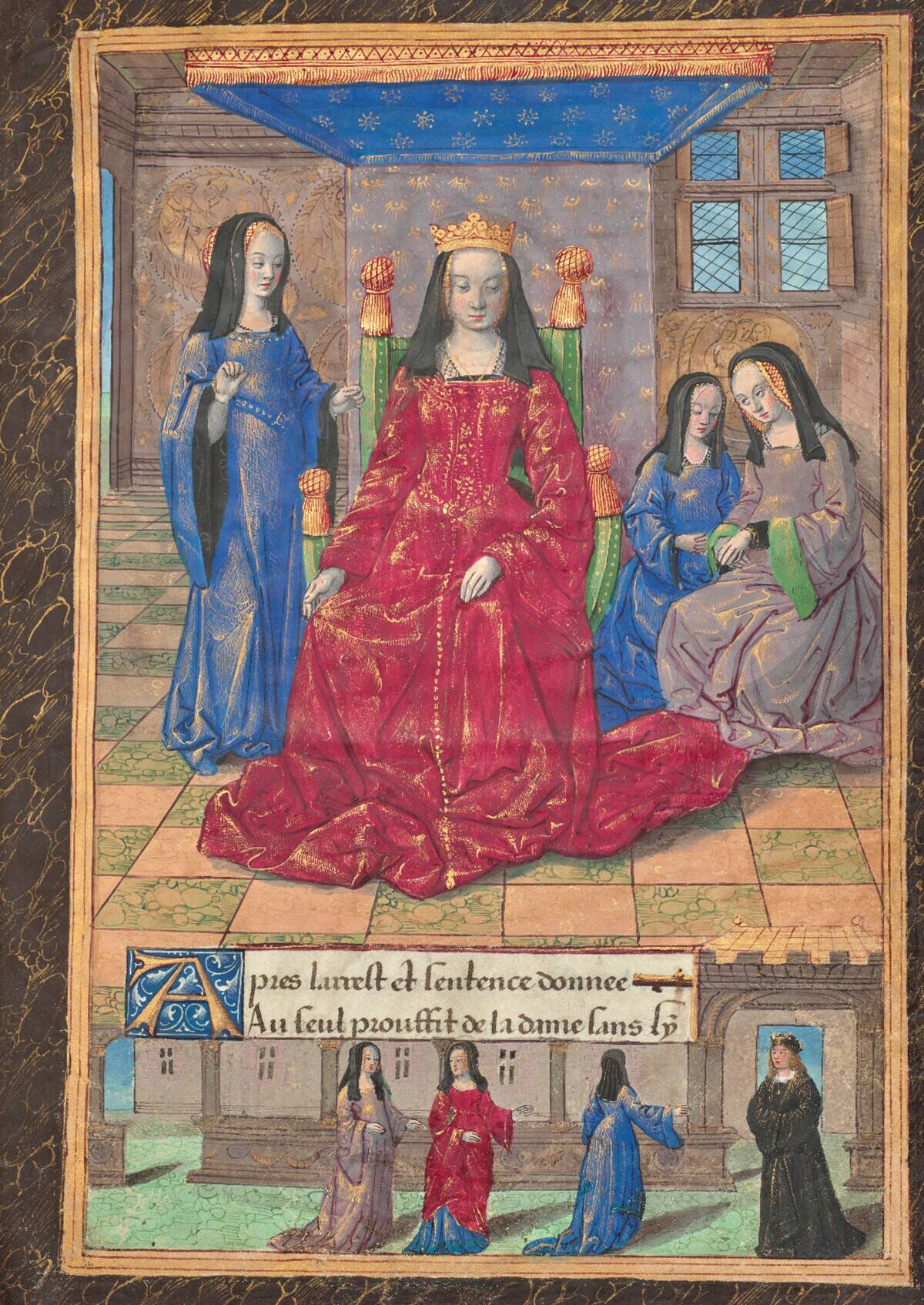
The wardrobe keeper was entrusted with the care of the castle’s clothing, ensuring that garments were clean and in good repair. This role involved organizing and maintaining a wide array of clothes, from everyday wear to ceremonial attire.
Their work was crucial for the appearance and status of the castle’s residents. Beyond cleaning and mending, wardrobe keepers might also assist in dressing nobles for important events, making them key players in castle life.
The Cellarer: Ensuring the Flow of Food and Drink
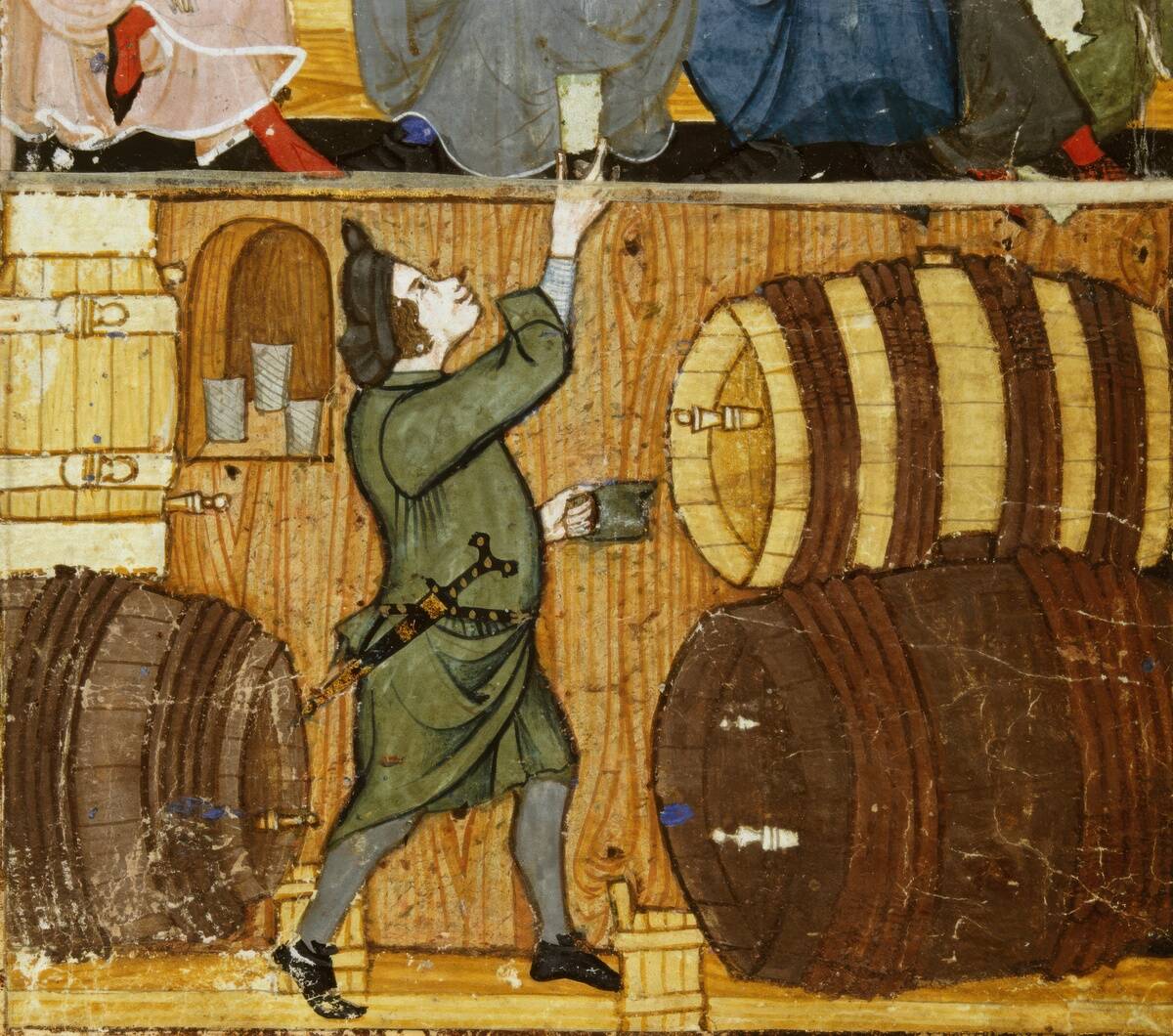
The cellarer was responsible for managing the castle’s food and drink supplies, a task that required organization and foresight. They oversaw the storage of provisions and the distribution of rations, ensuring that the larders were stocked and the wine cellars filled.
This role was vital for maintaining morale and sustenance, especially during times of siege. The cellarer’s expertise in inventory management was critical to the survival and comfort of the castle’s inhabitants.
The Lamplighter: Illuminating the Castle by Night
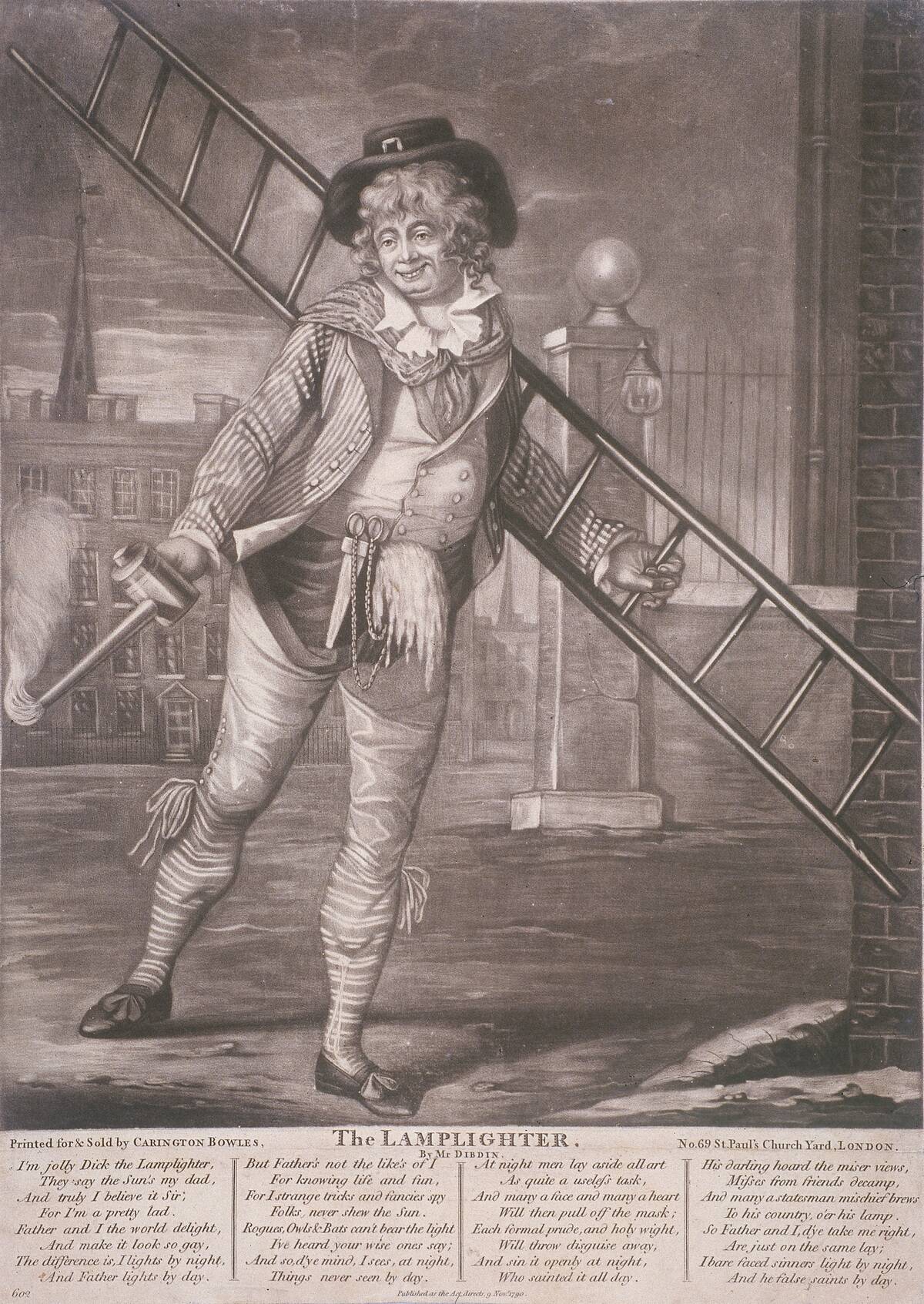
As darkness fell, the lamplighter took on the important task of ensuring the castle was safely illuminated. They would go from room to room, lighting candles and oil lamps to chase away the shadows.
This job required careful attention to detail and an understanding of safety, as open flames posed a risk in the wooden interiors. The lamplighter’s work allowed for continued activity and security within the castle after sunset, bringing light to the nightly routines.
The Castle Cook: Feeding the Hungry Masses
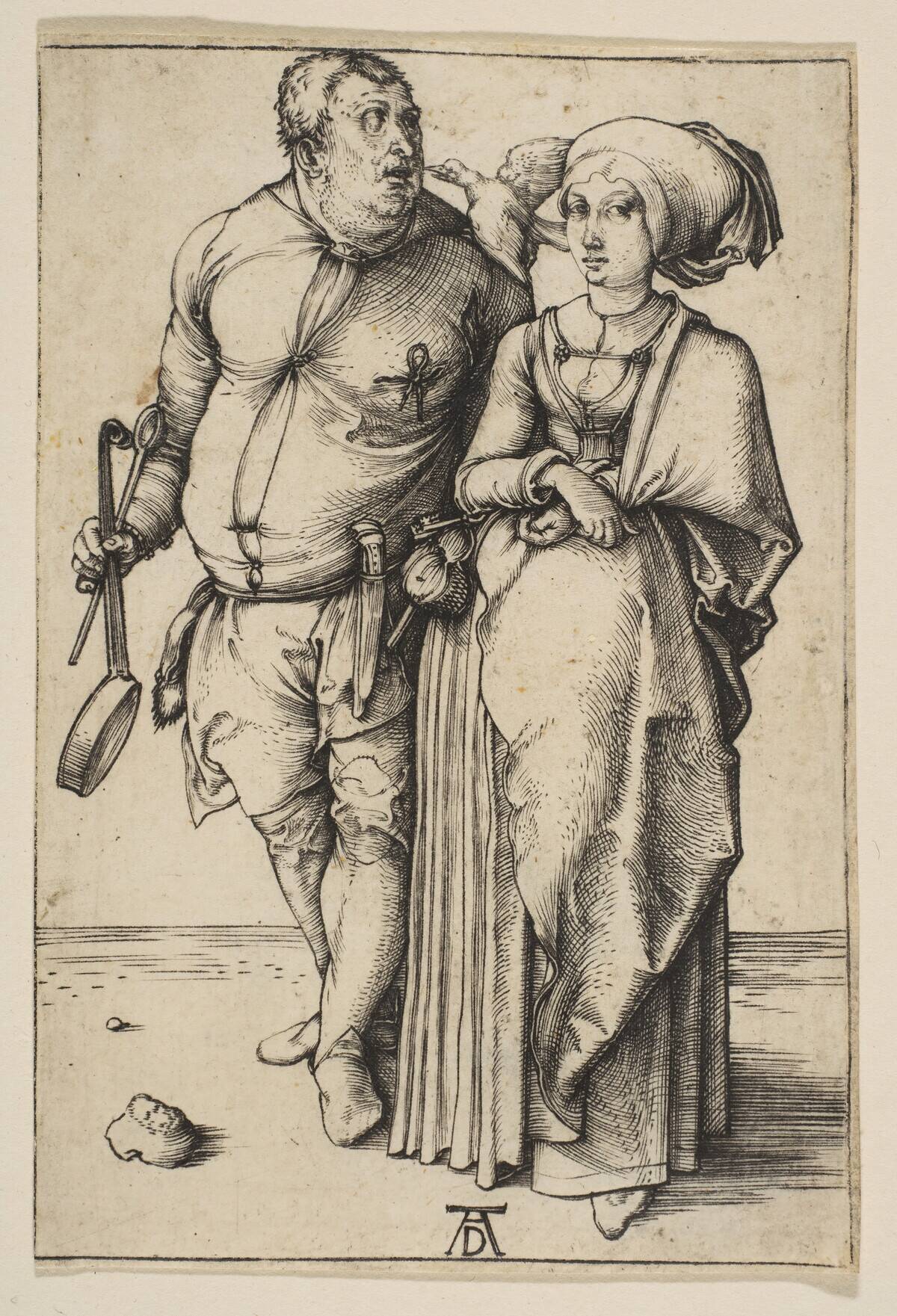
The castle cook was tasked with feeding the entire household, from the lord and lady to the lowest servants. This required skill in preparing large quantities of food, often with limited resources.
The cook had to be creative, using ingredients from the castle’s gardens and nearby lands. Meals varied according to season and availability, reflecting the cook’s ability to adapt. Their culinary creations were central to the daily life of the castle, nourishing both body and spirit.



